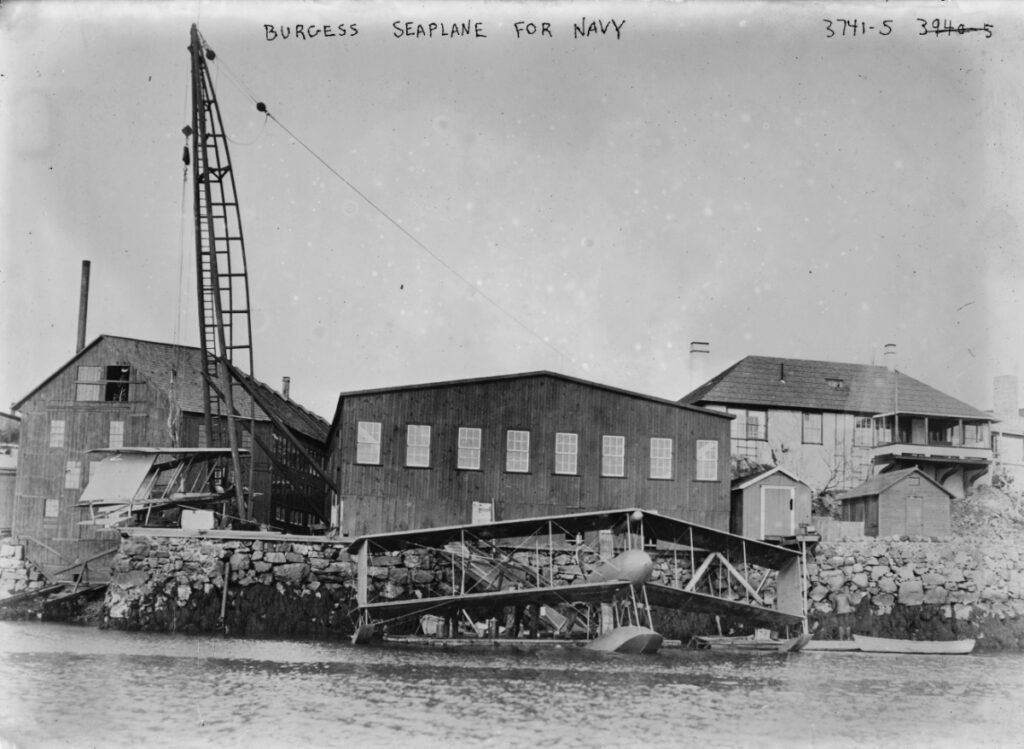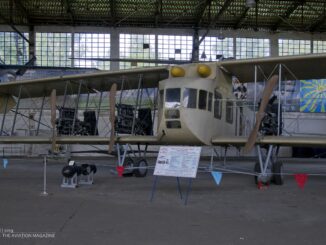 On 16th September, Colonel Sir Samuel Hughes, the Minister of Militia and Defence, approved the establishment of the Canadian Aviation Corps (CAC).
On 16th September, Colonel Sir Samuel Hughes, the Minister of Militia and Defence, approved the establishment of the Canadian Aviation Corps (CAC).
Creating the CAC was the very first attempt to build the Canadian air force. The initial idea behind that decision was to help the British war effort and supplying military flying personnel was one of possible ways.
At the very beginning the CAC was assigned to Canadian Expeditionary Force and had strength of three personnel with just one aircraft. The servicemen of the CAC were: Capt. Ernest Lloyd Janney (commander of the unit), Lt. William Frederick Nelson Sharpe as pilot and SSgt Harry Farr as mechanic.
The only aeroplane the Corps ever had was Burgess-Dunne floatplane. It was a two-seat pusher developed from Dunne D.8 and made under licence by Burgess company. The aircraft was bought by Janney in the United States for 5,000 USD, then flown to Canada, disassembled and sent to the United Kingdom on board of the SS Athenia. Regrettably as neither the CAC personnel nor the ship crew were experienced in transporting aircraft, it was heavily damaged during the journey, due to rough sea condition.
After its arrival to the UK, the aeroplane was sent to Central Flying School but there it was reviewed as damaged beyond repair and abandoned. Nevertheless, that did not stop Janney from asking the Canadian government for another 116,000 USD, in order to form an entire squadron.

Eventually, Janney´s activities were negatively assessed by the Canadian military authorities. He was ordered to return home and then, in December of the same year, forced to resign and leave the armed forces. As a consequence, the Canadian Air Corps was disbanded in May of 1915.
Sharpe and Farr stayed in the UK and later joined the Royal Flying Corps. Janney went to the United States and tried to make his mark in aviation manufacturing business. However, a company he founded build just one aircraft that reportedly was never able to fly.
Over the next years, Janney was travelling through the United States and Canada, usually being known from his repeating attempts to organize spectacular and record-breaking flights or air services. Nevertheless, there are no records that any of abovementioned enterprises were really brought to life.
Although the first attempt to establish the Canadian air power failed, the second try proved to be successful. In August of 1918 a contingent of two Canadian squadrons was officially authorized by the British Air Ministry, therefore creating the Canadian Air Force. The unit was active until 1920 and four years later was succeeded by the Royal Canadian Air Force (RCAF).
Today, the RCAF consists of more than 12,000 personnel and operates more than 260 aircraft. Apart from protecting the Canadian airspace, the RCAF is also an active participant of the NATO missions held all over the world.

Cover photo: Burgess-Dunne floatplane in flight (Library of Congress, Prints and Photographs Division, LC-DIG-ggbain-15654)



